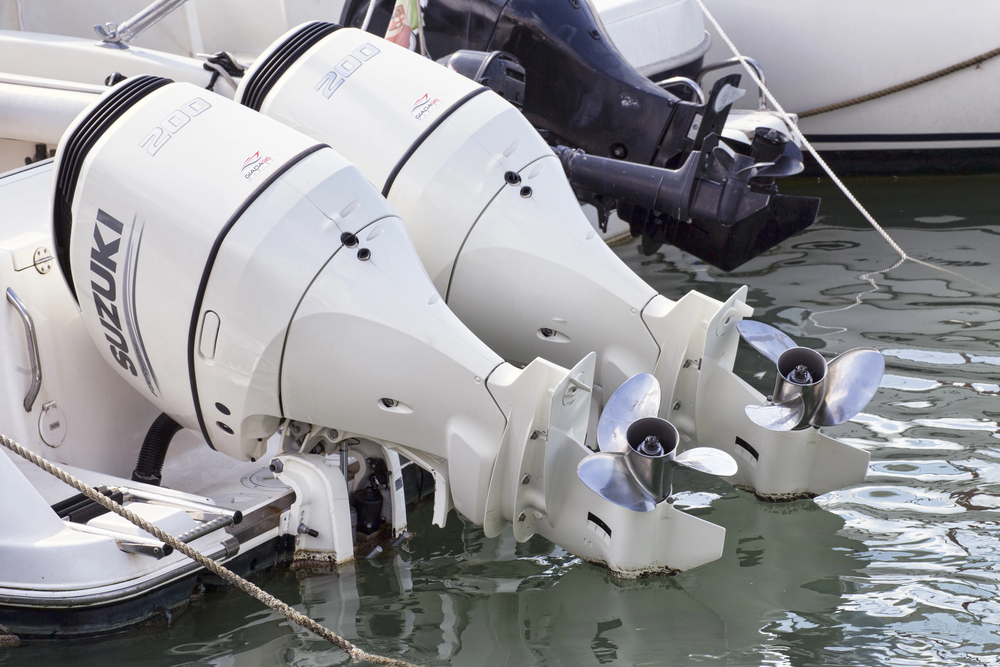How do you repair gelcoat on a boat? The process requires a mix of precision, patience, and the right materials. Gelcoat acts as the outermost layer of a fiberglass hull, providing a glossy, protective barrier against UV damage, moisture intrusion, and physical wear. Over time, scratches, cracks, and dull patches appear due to exposure to saltwater and sunlight.
Understanding how to properly repair gelcoat restores your vessel’s shine while maintaining its structural integrity. This guide will walk you through assessing the damage, preparing your tools, executing the repair, and applying best practices for long-lasting results.
Understanding Gelcoat: Purpose and Types
Gelcoat is a resin-based coating that gives a boat its smooth, glossy surface. It seals and protects the fiberglass laminate beneath from water penetration, UV radiation, and chemical corrosion.
Typically made from polyester or epoxy resins, gelcoat serves both functional and aesthetic purposes. Polyester gelcoat is most common in production boats due to its affordability and ease of use, while epoxy-based gelcoat offers superior adhesion and durability.
A high-quality gelcoat not only enhances the vessel’s appearance but also reinforces the hull’s waterproofing layer. Once this surface is compromised, even minor chips or cracks can allow water to seep in, leading to more serious issues, such as blistering or delamination.
Assessing the Damage
Before deciding how to repair gel coat on a boat, inspect the damaged area carefully. Start by washing and drying the surface so that cracks, chips, and discoloration are visible. Examine the depth of each defect. Minor surface scratches and oxidation can often be buffed out, while deeper gouges or exposed fiberglass indicate a need for full repair.
Pay attention to small pinholes or blisters, as these may suggest trapped moisture beneath the gelcoat. For each section, use a flashlight and a magnifier to assess the extent of the issue. If the fiberglass beneath appears wet or delaminated, a more extensive repair will be required.
Identifying the type and extent of damage determines whether a DIY fix or professional service is the best course of action.
Tools, Materials, and Preparation
How to repair gel coat on a boat properly? The success of any gelcoat repair starts with proper preparation. Gather the following materials before beginning:
- Gelcoat paste or repair kit (including resin, hardener, and pigment)
- Mixing cups and stir sticks
- Masking tape and flexible plastic spreaders
- Sandpaper in multiple grits (80, 320, 600, 1000)
- Acetone or a solvent for cleaning
- Mylar or release film
- Respirator mask, gloves, and eye protection
Clean the surface thoroughly with soap and water, followed by acetone to remove oils and waxes. Use masking tape to protect the surrounding undamaged gelcoat.
For chips or cracks, use a small rotary tool or sandpaper to shape the damaged area into a shallow V-notch. This ensures better adhesion for the new gelcoat. Always work in a ventilated area, as fumes from uncured resin can be harmful.
Step-by-Step Gelcoat Repair Process
- Preparing the Surface
Use 320-grit sandpaper to smooth rough edges and remove any loose gelcoat fragments. Clean the area again with acetone to ensure that no dust or debris remains.
- Masking
Apply masking tape around the repair zone to prevent the gelcoat from spreading onto adjacent areas. Keep the boundary clean for a sharp transition between old and new layers.
- Color Matching
Before adding hardener, mix the pigment into a small portion of gelcoat until the color matches your boat’s color. Always test under natural light since marine whites and blues may vary in shade after curing. A precise match creates a seamless repair once polished.
- Mixing the Gelcoat
Follow the manufacturer’s instructions when adding the hardener (catalyst). Mix thoroughly but avoid whipping air into the resin. The working time is short, so prepare only what you can apply within 10-15 minutes.
- Applying the Gelcoat
Using a plastic spreader or putty knife, apply the gelcoat evenly over the damaged section. Slightly overfill the area to account for shrinkage during curing. Cover the wet gelcoat with Mylar or clear plastic wrap to prevent it from coming into contact with air and ensure a smooth finish.
- Curing
Allow the gelcoat to cure fully. Depending on temperature and product type, curing can take several hours to overnight. Avoid touching or sanding until the surface hardens completely.
- Sanding
Once cured, remove the plastic film and begin wet sanding. Start with 320-grit paper to level the surface, then progress to 600-grit and 1000-grit papers for a fine finish. Keep the sandpaper wet to minimize heat and avoid gouging. Sand lightly around edges to blend the repair with the surrounding gelcoat.
- Polishing and Waxing
Complete the process by applying a rubbing compound in a circular motion using a clean cloth or buffer. Then apply a fine polish followed by marine-grade wax to restore gloss and UV protection. This final step enhances both beauty and durability.
Dealing with Blisters and Advanced Gelcoat Failures
Blistering occurs when water penetrates through the gelcoat and reacts with unreacted chemicals within the laminate, forming small bubbles. If left untreated, these can compromise the hull’s structure.
To repair, grind out each blister, rinse and dry the area thoroughly, and then fill it with epoxy-based filler before reapplying the gelcoat. For boats kept in water for extended periods, applying an epoxy barrier coat after repair adds an extra layer of protection.
If blisters cover large areas or extend into the laminate, professional restoration may be necessary. Specialists in underwater boat repairs can address both structural and cosmetic issues without requiring the vessel to be lifted, thereby reducing downtime and associated costs.
Tips for Durable Results and Avoiding Common Mistakes
- Always measure the catalyst accurately; too much can cause the gelcoat to crack, while too little prevents curing.
- Work in small sections to maintain control and consistency.
- Avoid applying gelcoat in direct sunlight or high humidity, as this can cause bubbling or uneven curing.
- Use release film to prevent tackiness on the surface.
- Be patient with sanding; excessive pressure can cut through the repair and expose fiberglass.
- Finish with regular hull cleaning to prevent marine growth that can abrade or discolor the gelcoat.
When to Seek Professional Help
While small chips or scratches are manageable DIY repairs, complex or large-scale gelcoat damage is best left to professionals. Deep cracks, water intrusion, or large blisters may indicate structural compromise beneath the surface.
For these cases, expert marine technicians can restore the hull to factory condition and apply specialized coatings that resist future damage. If repairs are needed while your vessel remains afloat, professional underwater boat repairs are the safest and most efficient solution.
Restoring Gelcoat Strength and Beauty
A successful restoration not only enhances your boat’s shine but also preserves its protective barrier against harsh marine conditions. With the right approach, you can maintain your vessel’s beauty and safeguard its long-term performance.
At Hull2Prop, we deliver expert underwater maintenance and repair services across Florida. Our commitment to quality and 24/7 availability ensures every vessel receives reliable, personalized marine care whenever you need it. Contact us today.







